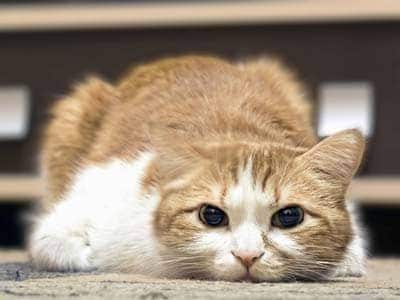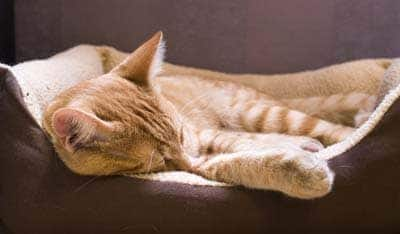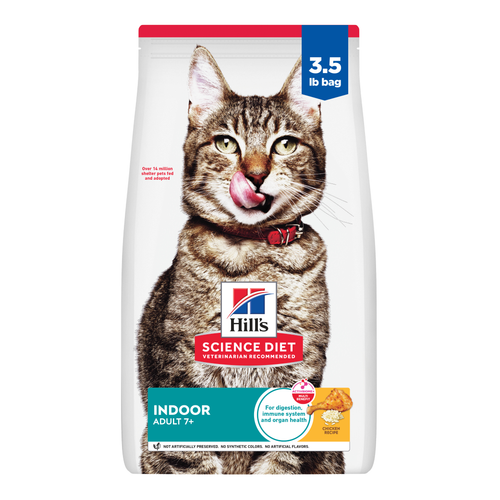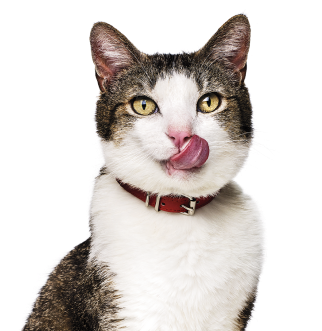

It can be easy to miss the signs your cat is sick; they don't all resemble the colds that people contract from time to time. Cats have a tendency to hide their pain, making it difficult to properly care for them when they need it the most. But if you know what to look for, you can recognize cat pain symptoms early and get your kitty the help they need.
Why Cats Hide Their Pain
The tendency cats have to disguise their discomfort is believed to be an evolutionary holdover from their days in the wild, where illness or injury paints a target on their back to nearby predators. Not only would the appearance of weakness make a wild cat more vulnerable, but it would also put them in danger of being bullied or abandoned by their group.
Although today's domestic cats generally don't have to worry about becoming prey, they may view other pets in the house–or even other people–as competition for resources like food and water. Whether driven by a deeply ingrained instinct or by overprotective kitty logic, cats worry that showing signs of pain will cause them to lose out to a more deserving animal, encouraging them to mask their symptoms.
Common Cat Pain Symptoms

A cat experiencing pain will often display behavioral changes that can serve to tip off an astute pet parent to the fact that something's wrong. According to Vetstreet, common signs your cat is sick or in pain include:
- Hiding
- Sitting still and hunched up
- Loss of interest in people, other pets, or activities
- Neglecting to groom themselves, or over-grooming in one spot
- Purring, excessive meowing, or unusual vocalizations
- Restlessness or aggression toward friendly surroundings
- Doing their business outside the litter box
Kitties in pain might also show a loss of appetite, unusual vomiting, clingy behavior, or other noticeable changes in personality and demeanor. A cat experiencing chronic pain, such as arthritis, might stop using the litter box altogether because it's too difficult to climb into. For this reason, they may also stop climbing or jumping onto the high perches of their cat tree.








